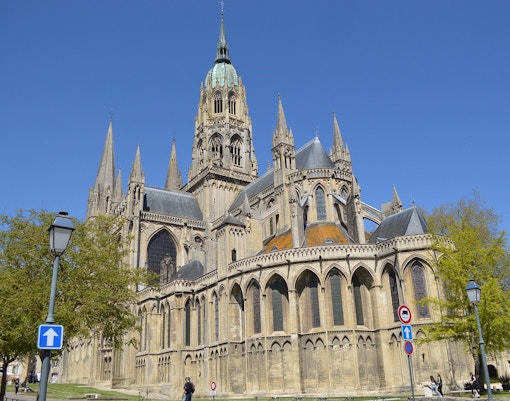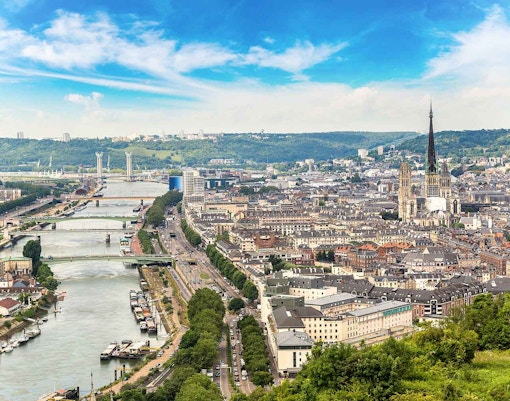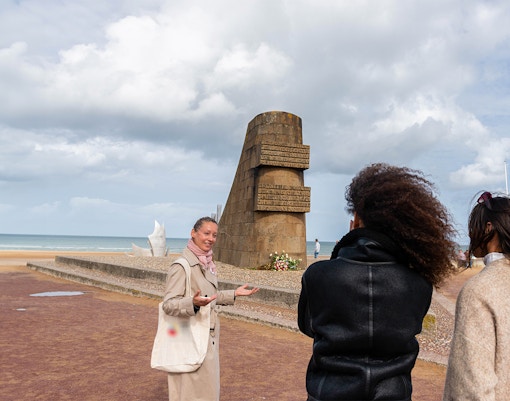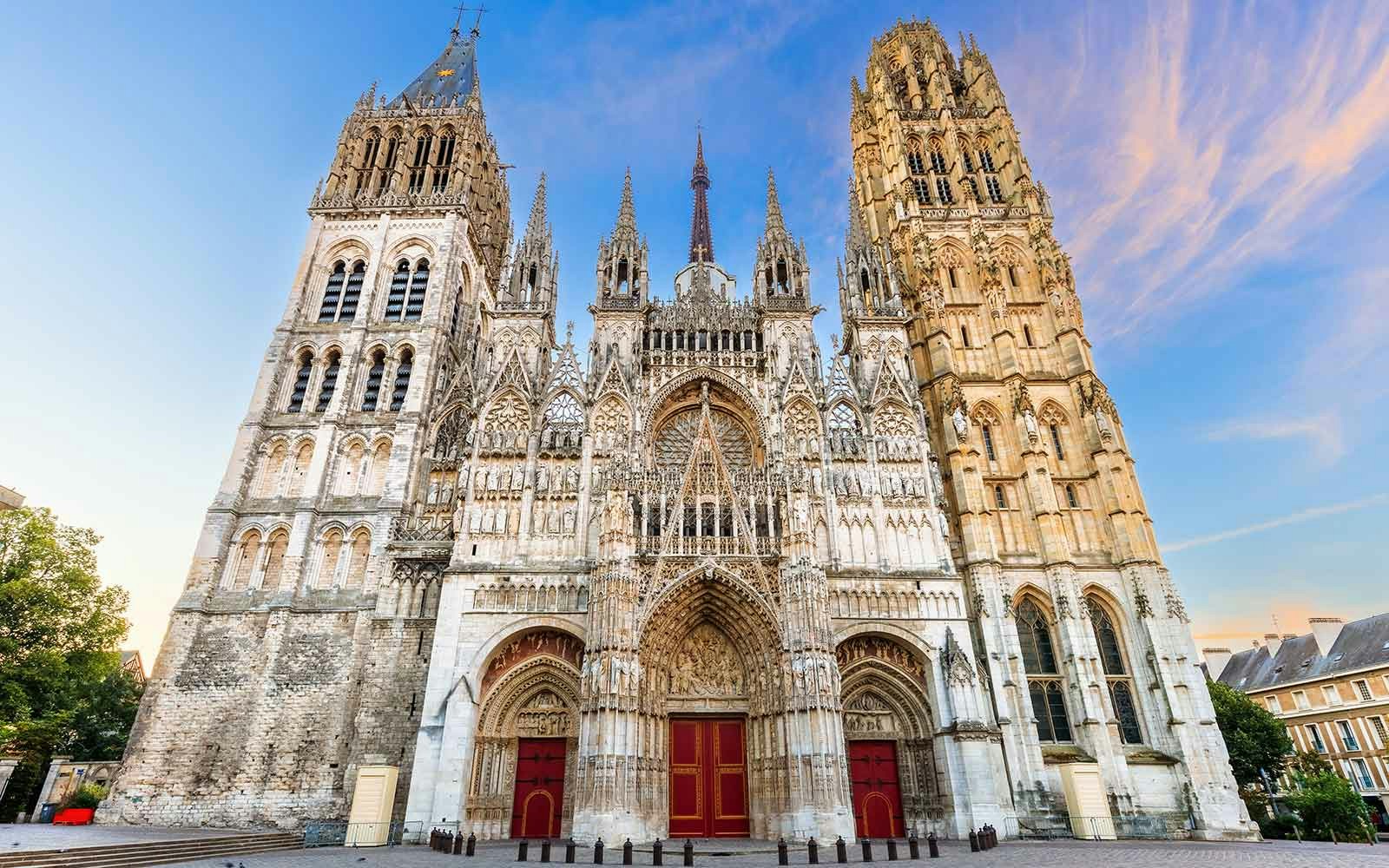Before becoming Normandy, this fertile region was home to Celtic tribes until Roman legions arrived in 50 BC. The Romans called it Gallia Lugdunensis and built the city of Rouen which is the capital of Normandy today. Christianity arrived in the 3rd century, with monasteries emerging across the landscape. After Rome's fall in the 5th century, the region fell under Frankish control. You can still see traces of this ancient past in places like Lillebonne's Roman theater and Rouen's archaeological museum.
Normandy history you should know

Early origins: From ancient Gaul to Frankish rule

The Viking age: Birth of Normandy
Everything changed when Viking raiders first sailed up the Seine in 841. These fearsome Norse warriors were also skilled traders and settlers. In 911, their leader Rollo struck a deal with King Charles the Simple: in exchange for protecting the region from other Vikings, Rollo received the land around Rouen. This agreement marked birth of Normandy, the land of the "Norsemen." Within decades, these Vikings adopted French culture and Christianity while expanding their territory to include the areas you'll see on today's Normandy map.
Medieval glory: Between England and France
Normandy's most famous son, William the Conqueror, changed history in 1066 when he invaded England. Born in Falaise Castle (which you can still visit), William's conquest created strong ties between England and Normandy that lasted generations. But this connection led to centuries of conflict between English and French kings. You'll find this medieval legacy everywhere in Normandy today from the magnificent Bayeux Tapestry chronicling William's conquest to the sturdy castles dotting the landscape.

Modern era: From World Wars to present
While Normandy played a role in World War I, it's World War II that left the deepest mark. On June 6, 1944 (D-Day), Allied forces stormed five beaches codenamed Utah, Omaha, Gold, Juno, and Sword. After D-Day, Allied forces pushed inland through fierce German resistance, liberating Caen by July and Paris by August. Operation Overlord, as the campaign was known, marked the beginning of Nazi Germany's defeat in Western Europe. Today, the region's war museums and memorials tell this pivotal story. The region's reunification in 2016 marked a new chapter, bringing Upper and Lower Normandy together again as one historic region.





